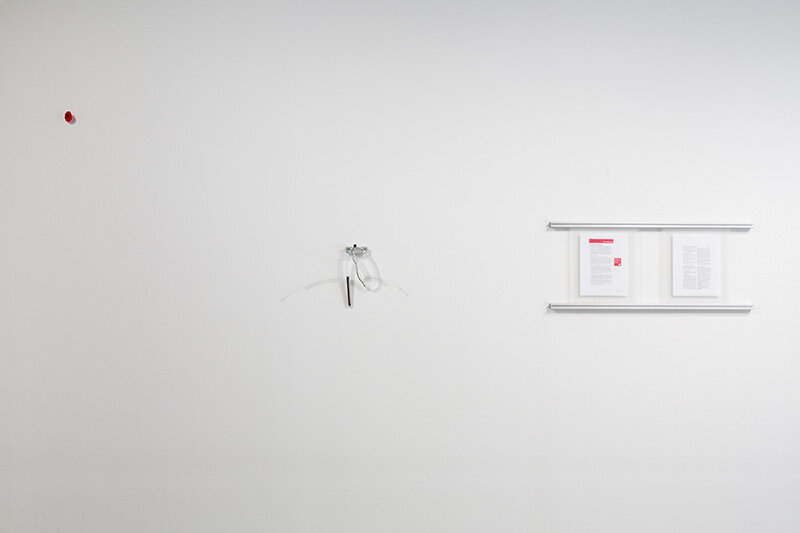Within Receding Horizons
“Our traditional sense of orientation—and, with it, modern concepts of time and space—are based on a stable line: the horizon line.” – Hito Steyerl, “In Free Fall: A Thought Experiment on Vertical Perspective”
The horizon provides a rich visual metaphor for describing experience, memory, and truth, with inescapable perspectival and relativizing implications; a depiction of positional truth that has been employed by countless theorists to different ends. In the phenomenological tradition of continental philosophy, the horizon functions as a metaphysical boundary describing the conditions of individual knowledge or experience. Life ‘within a horizon’ is necessarily historical, representing the contested borders between remembering and forgetting; imprecise lines that appear and shift on the imperial maps of early nation-states through a process of collective forgetting.
Within a system of linear perspective, the horizon also implies the existence of a subject and a stable ground; a perspective that postcolonial theory has critiqued as a symbol of the gaze of a hegemonic western subject position. Extending Homi K. Bhabha’s conceptualization of the horizon as a “doubly oriented” site of resistance and contestation, cultural theorists Nancy Adajania and Ranjit Hoskote propose a new model of the horizon — the nth field — a site of transcultural encounter with the capacity to “both assimilate and contradict the global flows of contemporary capitalism.”
The nine artists assembled in Within Receding Horizons navigate sites of personal and collective memory in search of this speculative horizon. Investigating the abstraction, externalization, and exchange of these memories, Within Receding Horizons questions the accessibility of these real, remembered and imagined spaces; featuring work by Sera Chen, Wanbli Gamache, María Karaman, Nihat Karataşlı, Xindi Li, Parvin Peivandi, Martha Poggioli, Daniel Salamanca, and Aden Solway.
Curated by Duncan Bass and Tess Haratonik.






















